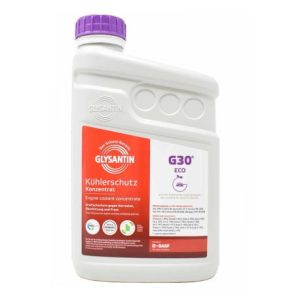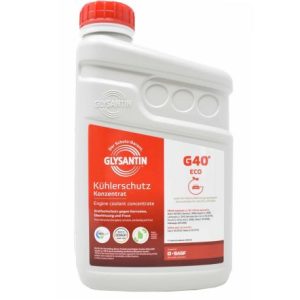ANTIFREEZE
Which motorcycles need a coolant? – The question is answered quickly, because in the motorcycle it behaves the same as in all other internal combustion engines: If your machines has a water-cooled engine, you also need coolant for your motorcycle.
Coolant is the fluid that circulates inside the engine to protect it from heat and frost. The coolant consists of a portion of coolant, colloquially also called antifreeze, antifreeze or rust protection, and a portion of cooling water.
We explain to you what the differences are in the coolant on motorcycles, which coolant is suitable for your machine and when it is time to change the coolant on your motorcycle.
Coolant differences between car and motorcycle
There is no actual difference between coolant in cars and coolant in motorcycles. As you go along, you will learn that coolants for motorcycles are classified according to the same specifications as coolants used in cars.
For all coolants, a distinction is made between different basic bases. In the beginning, coolants were based on ethylene glycol [EG]. These coolants have excellent cooling properties, but are also very toxic.
A more environmentally compatible and less toxic further development led to the use of polypropylene glycol [PG]. It is less toxic and exhibits better heat transfer, allowing engine temperatures to be kept low throughout.
Coolants of these two types are grouped together as inorganic coolants when they use silicate as a corrosion inhibitor.
As the most recent development, organic coolants are increasingly being used in modern cooling systems – regardless of the car or motorcycle. They are characterized by a longer service life. However, they have the disadvantage that they are not compatible with the seals of older vehicles. These coolants do not use silicate for corrosion protection, but other effective organic acids.
Showing all 5 results




